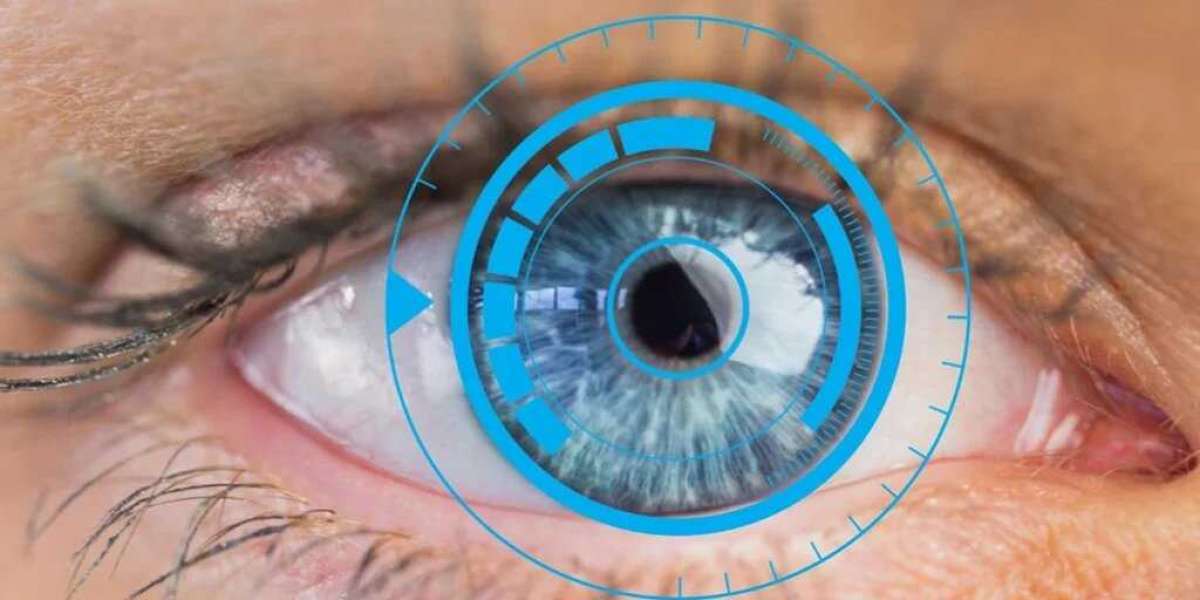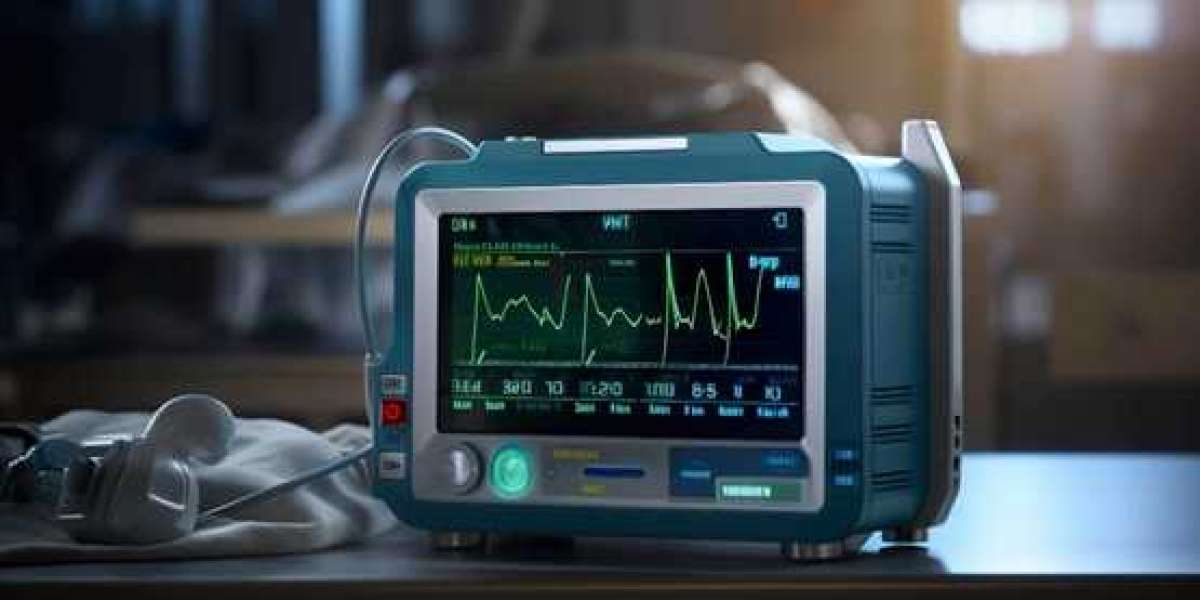Nystagmus is a vision condition characterized by involuntary, repetitive eye movements that can affect balance, depth perception, and overall visual clarity. These movements may be side-to-side, up-and-down, or even circular, making it difficult for individuals to focus on objects.
Common symptoms include blurry vision, dizziness, and sensitivity to light. Some people with nystagmus tilt their heads to compensate for these movements, a condition known as the null point. Early detection is crucial to prevent further complications, which is why visiting an eye care hospital for a thorough evaluation is essential.
When to Visit an Eye Care Hospital for Nystagmus Diagnosis
If you or a loved one experiences the following symptoms, it is advisable to seek medical attention at a specialized eye care hospital:
- Frequent, uncontrolled eye movements that interfere with daily activities.
- Difficulty focusing on objects, leading to vision instability.
- Head tilting or turning to improve vision clarity.
- Increased sensitivity to bright lights.
- Poor depth perception causing difficulties in movement or coordination.
- Symptoms worsening over time or occurring alongside dizziness.
Seeking a comprehensive eye examination from an experienced ophthalmologist is the first step toward an accurate diagnosis and effective nystagmus treatment.
What to Expect During a Nystagmus Diagnosis at an Eye Care Hospital
A visit to an eye care hospital involves a detailed assessment to determine the type and cause of nystagmus. The diagnostic process typically includes:
- Medical History Evaluation: The doctor will ask about symptoms, onset, and any family history of eye conditions.
- Visual Acuity Test: This helps measure how well the eyes can focus at various distances.
- Ophthalmic Examination: A comprehensive check-up to assess eye movement patterns, overall eye health, and potential underlying conditions.
- Neurological Evaluation: Since nystagmus can be linked to brain-related issues, additional neurological tests may be required.
- Electrodiagnostic Tests: Advanced imaging such as an MRI or CT scan may be recommended to identify any neurological causes.
- Vestibular Assessment: Since balance and vision are connected, tests may be done to evaluate inner ear function.
Types of Nystagmus and Their Causes
Nystagmus can be classified into different types based on its cause and characteristics:
- Congenital Nystagmus: Usually appears within the first few months of life and may be associated with genetic factors or underlying eye disorders.
- Acquired Nystagmus: Develops later in life due to conditions like head injuries, multiple sclerosis, stroke, or medication side effects.
- Spasmus Nutans: A temporary form commonly seen in young children, often resolving on its own without requiring intervention.
- Vestibular Nystagmus: Caused by inner ear disorders, leading to balance problems and dizziness.
- Gaze-Evoked Nystagmus: Occurs when the eyes attempt to maintain a fixed position but struggle to do so.
Understanding the specific type of nystagmus is crucial in determining the most appropriate nystagmus treatment.
Nystagmus Treatment: How an Eye Care Hospital Can Help
While there is no universal cure for nystagmus, various treatment options help manage symptoms and improve vision. At a specialized eye care hospital, experts may recommend the following treatments:
1. Optical Aids and Corrective Lenses
- Prescription glasses or contact lenses can enhance vision clarity and reduce strain.
- Tinted lenses help minimize light sensitivity.
- Magnifying aids assist in improving focus and reading ability.
2. Vision Therapy and Eye Exercises
- Some cases of acquired nystagmus benefit from vision therapy to improve focus and coordination.
- Exercises aimed at strengthening eye control may reduce involuntary movements.
3. Medications for Symptom Control
- Certain medications like baclofen or gabapentin may help reduce nystagmus intensity.
- Botox injections in eye muscles have shown promise in some cases.
4. Surgery for Severe Cases
- In cases where head tilting becomes severe, a surgical procedure called tenotomy and reattachment may help reposition the eye muscles.
- Strabismus surgery can be beneficial for individuals with nystagmus and associated eye misalignment.
5. Managing Underlying Conditions
- If nystagmus is due to neurological disorders or vestibular issues, addressing the root cause often helps alleviate symptoms.
Why Choose a Super Specialty Eye Care Hospital?
Selecting the right eye care hospital for nystagmus treatment is essential for receiving expert care. A super specialty hospital like Maxi Vision provides:
- Advanced diagnostic technology for precise evaluations.
- Experienced ophthalmologists and neurologists specializing in nystagmus treatment.
- Customized treatment plans tailored to each patient’s unique needs.
- Cutting-edge surgical techniques for better visual outcomes.
- Holistic patient care with a focus on long-term vision management.
Conclusion
Nystagmus can significantly impact vision and quality of life, but early diagnosis and specialized care can make a difference. Seeking expert evaluation at a reputed eye care hospital ensures the best treatment approach for managing symptoms effectively. Maxi Vision Eye Hospital, as a super specialty eye hospital, offers state-of-the-art technology and expert guidance to help individuals with nystagmus regain control over their vision.








